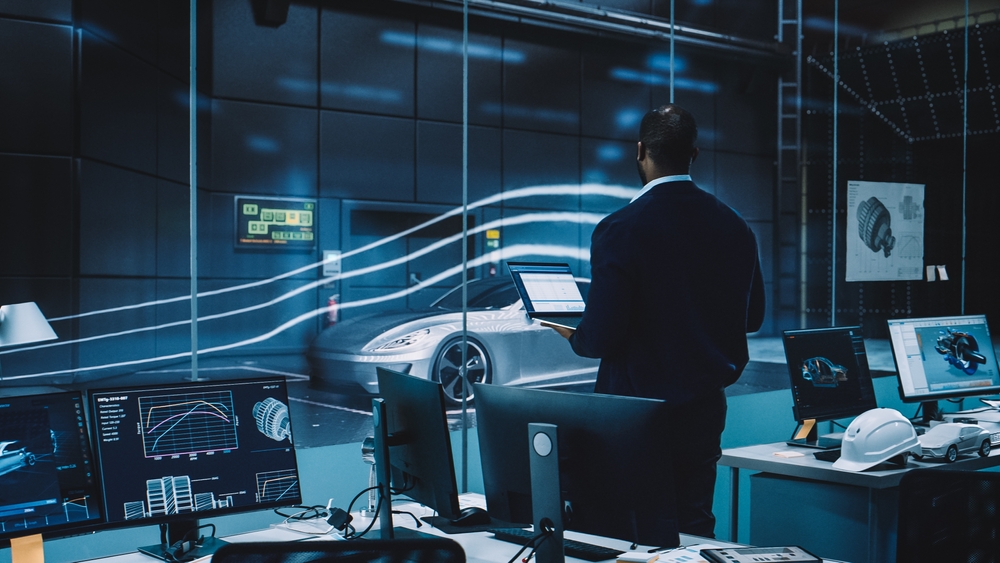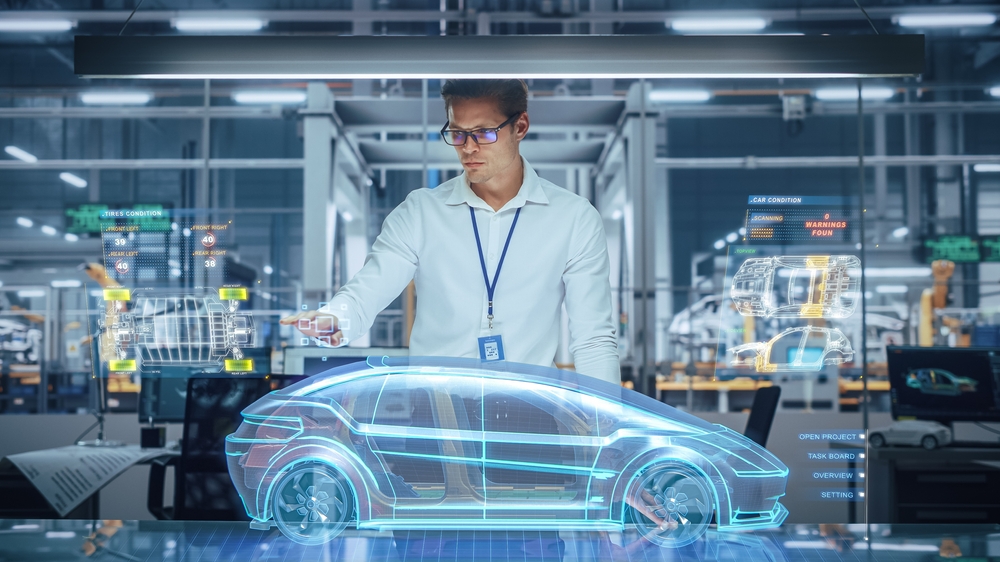Introduction
Within the field of automotive design, the fusion of art and engineering produces a captivating dance that results in the works of art on wheels that we see on the roads today. When technical precision and creative expression are combined, the result is a symphony that transforms automobiles from mere means of transportation into moving works of art. This blog explores how engineering and art, two seemingly unrelated fields, interact to shape the automotive industry, shedding light on their complex relationship in car design.
- The Aesthetics of Form
The pursuit of aesthetics is central to automotive design. Similar to artists working with a blank canvas, car designers shape a vehicle’s shape to convey a message and elicit strong feelings. Every contour, whether it be an off-road vehicle’s rugged lines or a sports car’s sleek curves, is a stroke in the visual narrative. Designers get ideas for their creations from a variety of sources, such as architecture, fashion, and nature, giving each car a distinct personality that appeals to both drivers and bystanders.
- Innovative Materials and Technology
Although beauty draws the eye, the union of engineering and art transcends appearances. Engineers and designers collaborate closely to choose materials that strike a balance between form and function. Modern technologies, lightweight alloys, and advanced composites improve performance while also adding to the overall design language. Vehicles that push the boundaries of what is feasible on the road are not only aesthetically spectacular but also technologically advanced thanks to the interaction of creative vision and cutting-edge materials.

- The Human-Centric Approach
The goal of car design is to improve human experience, not just to make things. Particularly in interior design, a human-centric perspective is evident, making connectivity, ergonomics, and comfort top priorities. Designers use the cabin as a canvas to create a story of elegance, practicality, and customization. Every component, from the arrangement of controls to the selection of upholstery materials, is painstakingly designed to create an atmosphere that appeals to the driver and passengers and enhances the driving experience as a whole.
- Iconic Design Language
Some cars go beyond being just means of transportation to become symbols of culture. These cars’ distinctive design becomes a timeless and instantly identifiable brand identity. Whether it’s the distinctive Jeep Wrangler grille or the recognizable curves of a Porsche 911, these design cues connect with enthusiasts of all ages while also communicating the brand’s history. The fruitful union of technical mastery and artistic skill is demonstrated by the capacity to create a design language that endures.
- Balancing Form and Function
The best automobile designs achieve a careful balancing act between appearance and functionality. Although aesthetics are important, engineers make sure that the design has a function other than being aesthetically pleasing. A vehicle’s performance is largely dependent on its optimized weight distribution, streamlined aerodynamics, and effective use of available space. The difficulty is in balancing these technical features with the creative concept to create a car that is both visually stunning and provides an exceptional driving experience.

Conclusion
The combination of engineering and art continues to influence the cars we love and drive in the dynamic field of automotive design. The relationship is dynamic and involves both creativity and precision. The canvas encompasses not just the exterior but also the inner workings of each vehicle. The partnership between designers and engineers creates rolling sculptures that convey tales of invention, passion, and the smooth fusion of art and engineering from the drawing board to the open road. One thing is evident as we follow the development of automotive design: the union of engineering and art is a timeless union that keeps the wheels of progress turning in the automotive industry.

